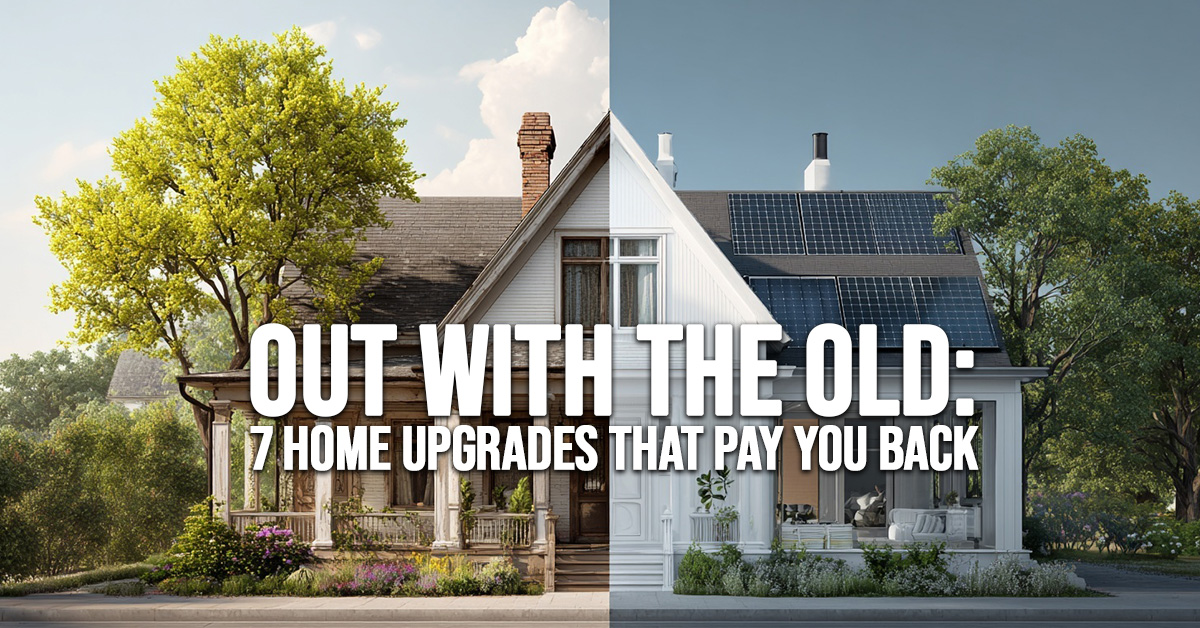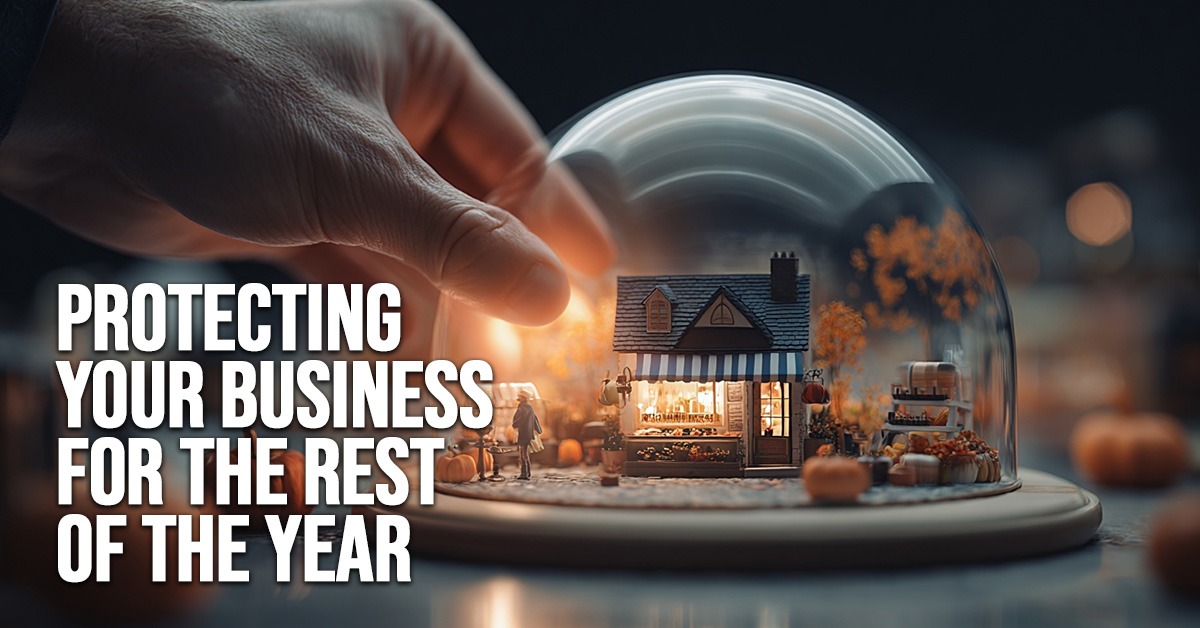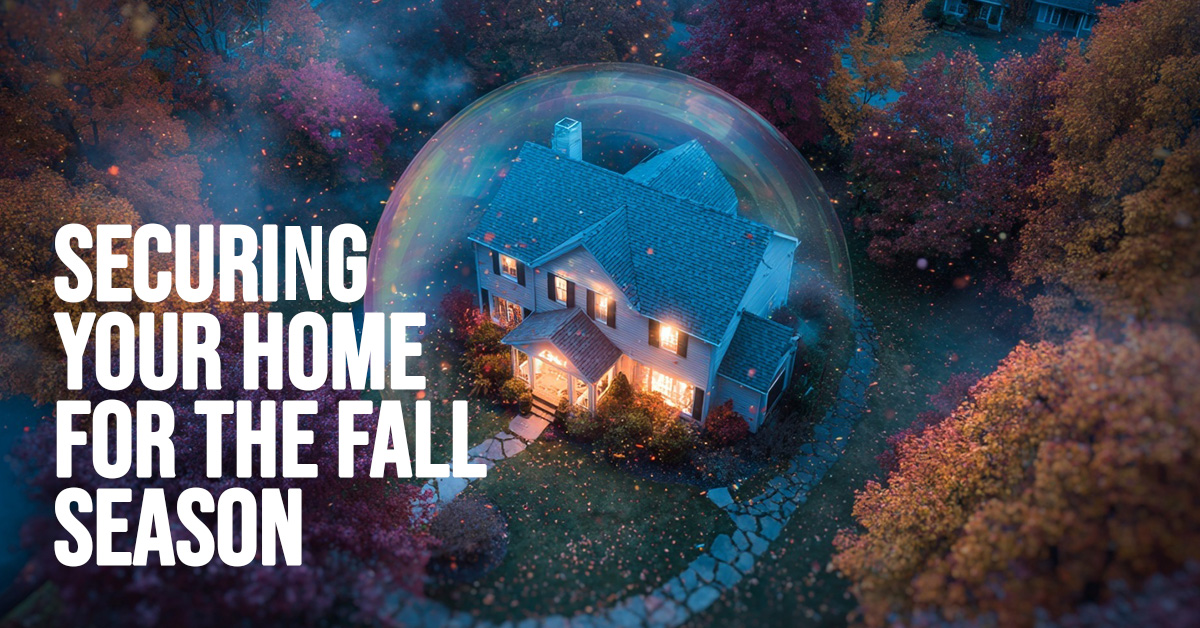
Out with the Old: 7 Home Upgrades That Pay You Back
There’s an interesting phenomenon that often occurs if you decide to sell your home: suddenly, those minor imperfections, the dated fixtures, and the inefficient appliances you’ve been perfectly content living with for years transform into glaring flaws that simply must be upgraded before you list. It’s as if a new lens is applied, revealing all the areas ripe for improvement. But why wait until you’re selling? Whether you’re considering putting your home on the market or planning to enjoy it for decades to come, there are several things about your home you should immediately consider changing. Proactive upgrades can save you money, enhance your comfort, and boost your home’s long-term value.
You may be counting your blessings if you have a heating and air conditioning system that has diligently provided you with over 20 years of service. However, in reality, that loyalty may actually be costing you a significant amount of money each month. An HVAC System That’s Over 20 Years Old is almost certainly very inefficient, consuming far more power than today’s technologically advanced models. It is widely believed that a staggering 80% of your energy bill goes directly to powering your HVAC system. Modern units are designed with energy efficiency in mind, often recouping a portion of their installation cost in utility savings alone. Maybe it’s time to be proactive and invest in a more efficient system that provides consistent comfort without the excessive energy drain.
Another common energy culprit lurking in many homes is That Old Refrigerator in the Garage. Garages across America often house a retired kitchen refrigerator, sometimes very old, serving as an overflow appliance for drinks or extra food. There are two big problems here: firstly, old refrigerators are incredibly inefficient energy hogs and may cost you $50 or more monthly just to operate. Secondly, the fact that these refrigerators are operating in hot, non-air-conditioned garages exacerbates their inefficiency, forcing them to work even harder. You may be better off unplugging it or, if you need the extra cold storage, investing in a small, modern apartment-size refrigerator designed for efficiency.
If your home still features lighting and fixtures from decades past, it’s time for an update. 1970s Style Ceiling Fans are a prime example. While ceiling fans themselves are terrific for air circulation and energy savings, older models often look dated and operate less efficiently than their modern counterparts. Today’s ceiling fans offer sleeker designs, quieter operation, and significantly better energy efficiency. Upgrading a room or two (or three!) with modern ceiling fans is an affordable way to instantly enhance aesthetics and comfort.
Similarly, Fluorescent Tube Lighting belongs in the past, especially in living spaces. While they once dominated commercial and utilitarian spaces, fluorescent tube lighting is no longer acceptable in garages and basements, and certainly not in kitchens or bathrooms. Modern LED lighting looks so much better, offers superior and more even illumination, and is far more energy-efficient. You won’t have to worry about those big, clunky old tubes that often flicker, hum, or don’t seem to match anymore. Switching to LEDs is a relatively simple and highly impactful upgrade.
A more serious, often hidden, issue found in older homes is Ungrounded Wall Sockets. If you find yourself using three-to-two-prong adapters anywhere in your home to plug in modern appliances, it is a clear sign that it’s time for a critical electrical upgrade. If your home is old enough to have ungrounded sockets, it may have other significant wiring concerns as well, including an outdated fuse box or power panel that isn’t equipped to handle today’s electrical demands. This is not a DIY project – call a qualified electrician immediately to assess and upgrade your wiring for safety and modern functionality.
Beyond the fixed elements of your home, even your storage habits can benefit from an overhaul. Don’t be ashamed if you have Half-Empty Paint Cans scattered in your garage or basement – you are not alone! But at some point, you need to recognize that a five-year-old, quarter-gallon of paint from a long-forgotten project is not going to provide value or be usable for future touch-ups. Paint has a shelf life. Instead, store paint colors (and brands/sheens) in a digital file on your phone for future reference, and contact your community’s waste management for proper disposal techniques. Decluttering frees up space and reduces potential hazards.
Finally, while the investment might be larger, Single Pane Windows are another significant area for improvement. Like replacing an outdated HVAC system, new windows and doors won’t be inexpensive, but they can pay you back handsomely in multiple ways: substantial energy savings from improved insulation, added resale value to your home, enhanced security features, and even a quieter home environment by reducing outside noise. If you have older, especially 1970s and 1980s style, single-pane windows, start doing some research into modern, energy-efficient replacements.
Keeping up with a home is undeniably not easy; it’s a continuous process of maintenance and improvement. However, keeping your home insurance updated is easy, and just as crucial as maintaining your physical property. Contact one of our independent home insurance specialists for a free insurance review and price quote. We can ensure your most valuable asset is adequately protected, especially after you’ve invested in these important upgrades.









